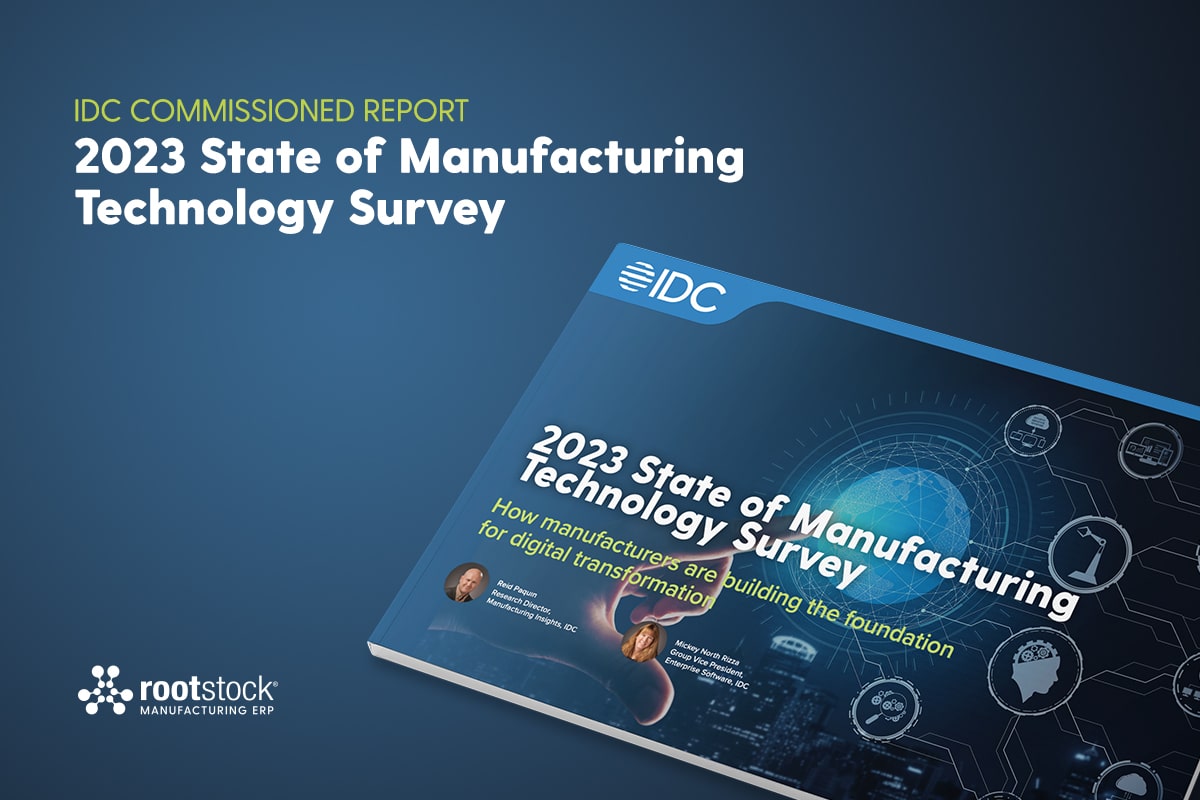Big Data and Predictive Analytics
Leveraging Big Data can be very helpful to manufacturers. “Where in our production sequence can we improve the quality of our products?” “What are our production weak links?” “Is there are relationship between production glitches and our various vendors?” By applying predictive analysis to their Big Data, manufacturers can provide strategic advantages.
Nonetheless, predictive analytics is a fearful topic to most business manufacturers. After all, predictive analytics will be the application of statistical analysis to their manufacturing data. As most remember, Statistics was typically one of the most dreaded courses in their college careers.
Regardless, according to a recent report by Pierfrancesco Manenti, “The Digital Factory: Game-Changing Technologies That Will Transform Manufacturing Industry,” 47 percent of manufacturers expect Big Data analytics to have a major impact on their company performance. Indeed, 49 percent expect advanced analytics to reduce operational costs and utilize assets efficiently.
And, manufacturers are investing in Big Data. According to the Tech Target 2015 IT Priorities Survey, 31 percent said their organizations plan deployments of BI, analytics or data warehousing tools in 2015. A quarter of the respondents expect to invest in Big Data analytics and 21 percent expect to invest in Big Data processing and management.
Does It Make Sense to Leverage Big Data?
Do you want to increase customer profitability? How about figuring out lifetime value assessments of your products? Would you like to learn how to hone your manufacturing productivity? How about optimizing your logistics? Want to smooth out your supply chain? Does it make sense to maximize distribution and channel operations? Big Data holds the keys. Most manufacturers begin using predictive analytics in one or more of four main areas.
Quality improvement is what most people think of first when thinking about predictive analytics in manufacturing. After all, one type or another of statistical analysis has always been used in quality control. But, now, with all of the information being gathered from the Industrial Internet and new, improved software, it has become easier to do much more in-depth analysis. With all the data now available, it is possible to learn that products using Brand A’s widgets outperform Brand B’s. Or, maybe the second shift does a better job than the first shift. And, when Earl’s the shop foreman, production runs smoother than under Frank.
Determining demand for products is also a valuable use of predictive analytics. Instead of asking the sales department for educated “guesstimates,” projections are often hidden in the data. Predictive analytics lets manufacturers consider many more factors. It takes historical sales data to predict future sales based upon past sales. It discovers those additional things that induced past sales to create new projections of what could be selling and when.
Predictive analysis is practically a no-brainer to use in analyzing machine utilization. Combining demand forecasting with manufacturing floor resources can create optimal scheduling. Versus combining spreadsheets with “guesstimates” (again), scheduling and capacity planning assure products are available when customers order them. While it may only increase the utilization for many machines by a few percentage points, the output from the line will be much more efficient from a cost standpoint, on-time deliveries will increase and the information that Finance needs when the Shop determines it needs new equipment is readily available.
Lastly, predictive analytics will help increase production equipment uptime. Knowing that a machine is likely to break down in the near future means a manufacturer can perform the needed maintenance in nonemergency conditions without shutting down production, a major savings in money and stress. Predictive analytics looks at the history of machine failures and compares those instances to sensor data the machine is giving off to spot patterns before the breakdown.
An Example of How Predictive Analytics Makes a Difference
Here is an actual case history reported by Deloitte. An appliance manufacturer needed to develop a way to predict product failures before customers experienced them. The actual production was done by offshore contract manufacturers, making it even more difficult to ascertain what was causing all of the failures. The manufacturer ran a predictive analysis of the entire production process and determined when a product was most likely to fail, based on such factors as production line, batch size, day and month when it was made, number of engineering changes, consumer usage patterns and demographics. Just in warranty costs alone, the manufacturer was able to identify $16-$28 million in the cost of quality reductions.
If learning how predictive analytics can make your company money, in our next blog, we’ll cover how predictive analytics intersects with the data produced by your ERP system.






